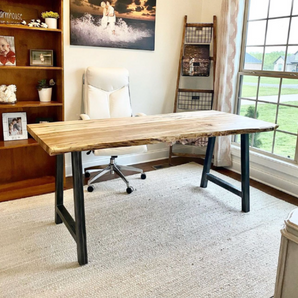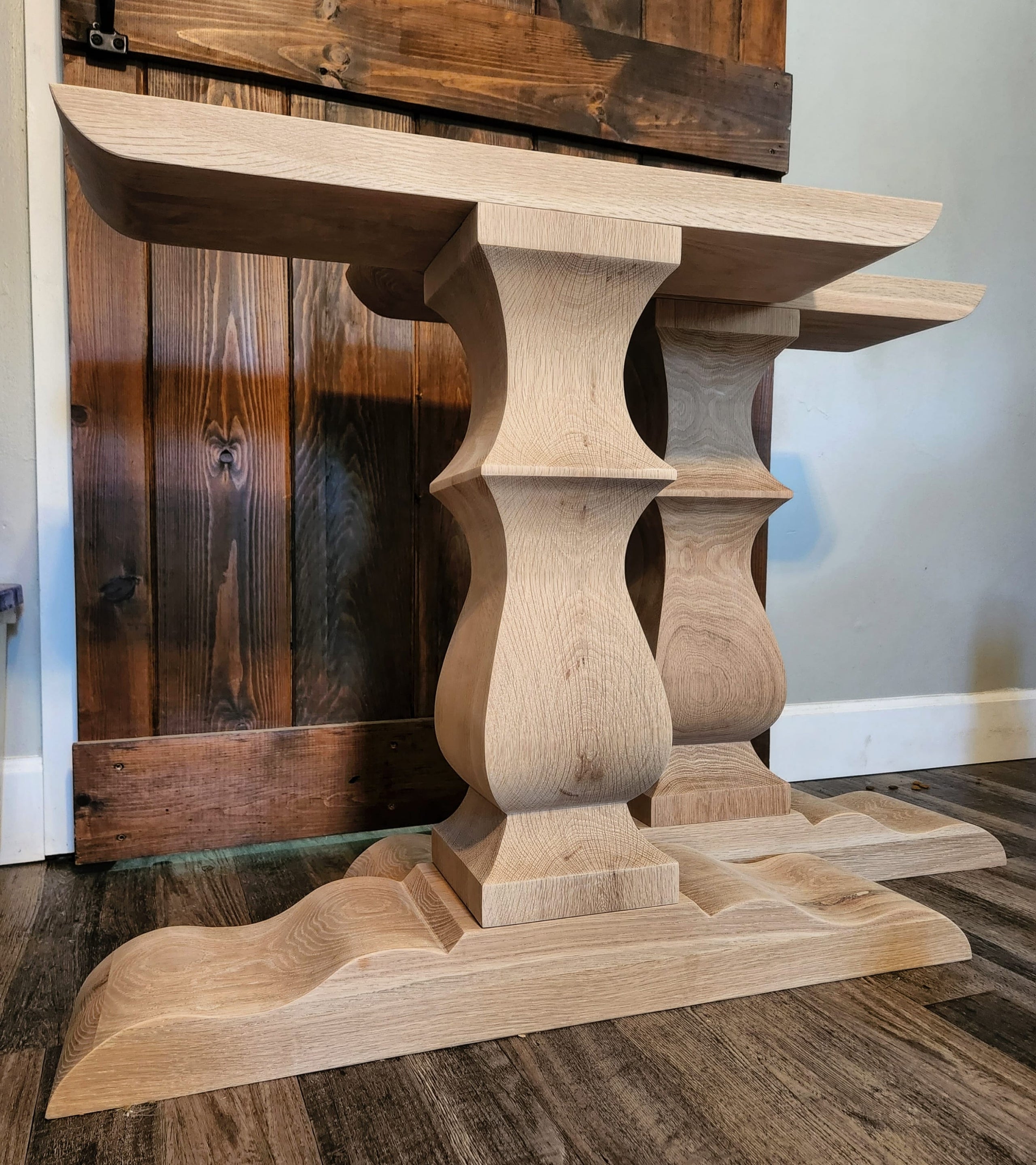Leading Fads in Dining Room Table Legs to Boost Your Eating Room
Wiki Article
An In-depth Consider Eating Table Leg Styles: Locating the Perfect Match
Selecting the best dining table leg style is important for both aesthetic appeal and sensible capability. For those with larger tables, trestle legs ensure sturdy support, whereas hairpin legs present a mid-century modern vibe with their minimal layout. The x-shaped legs blend contemporary design with enhanced security.Standard Four Legs
Among the various sorts of table leg designs, the traditional four-leg design remains a timeless option for many homes. This traditional configuration uses an unified mix of performance and aesthetic appeals, making it a perennial favorite. Four legs offer balanced assistance, ensuring the table stays steady and with the ability of birthing significant weight. This is particularly helpful for households that frequently host big celebrations or use their eating table for numerous functions, such as job or crafting.From a visual viewpoint, the typical four-leg layout can be easily adapted to numerous indoor designs. Whether crafted from timber, metal, or a mix of materials, these legs can be elaborately carved, smooth and minimalistic, or anything in between. Their flexibility allows them to complement both rustic and contemporary setups seamlessly.
Moreover, the straightforward structure of the four-leg style facilitates convenience of movement and placement within a space. Unlike more facility bases, this design reduces blockages, providing sufficient legroom for restaurants. In summary, the typical four-leg table leg design weds withstanding elegance with useful performance, making it an astute choice for those seeking both type and function in their dining furnishings.
Pedestal Base
Usually celebrated for its stylish and space-efficient style, the stand base is a recognized option to the conventional four-leg configuration in table leg designs. This distinct base normally features a solitary central column supporting the tabletop, which can vary in kind, from ornately carved wood to streamlined, contemporary metal. One of the key advantages of the pedestal base is its capacity to take full advantage of legroom and seating flexibility. Without corner legs, restaurants are afforded greater freedom of activity, making it a suitable selection for round and oblong tables that promote even more intimate and inclusive events.The main column itself provides a canvas for complex styles and artistic expressions, adding a component of aesthetic interest beneath the table. In recap, the stand base incorporates functionality with design, making it a fine-tuned and useful alternative for varied eating settings.
Trestle Legs
Trestle legs supply a durable and classic structure for dining tables, characterized by their straight cross-bracing and sturdy support beam of lights. Stemming from middle ages times, this design has actually progressed yet preserved its important structure, making it a seasonal Discover More Here fave in both typical and contemporary setups. The main trestle beam, frequently sustained by two or even more upright messages, uses phenomenal stability, permitting for larger table sizes without the need for additional legs.this article A significant benefit of trestle leg tables is the sufficient legroom they provide. Unlike tables with four edge legs, the absence of obstructions at the table's sides supplies unblocked space for chairs and diners, enhancing convenience and access. This makes trestle tables excellent for fitting larger events, whether in a dining-room or a reception hall.
The aesthetic convenience of trestle legs is noteworthy. Readily available in a range of materials such as timber, metal, and composite, they can be finished to enhance a large range of indoor styles. From rustic farmhouse to streamlined modern styles, trestle legs can be tailored to suit individual tastes. Their long-lasting charm and functional benefits make trestle legs a compelling option for those seeking both design and practicality in their dining table.
Barrette Legs

The appeal of barrette legs depends on their simplicity and versatility - dining room table legs. Readily available in a series of materials, including steel and brass, they can be completed in countless colors to enhance various interior designs. Whether coupled with a rustic wood tabletop or a contemporary glass surface area, hairpin legs easily blend capability with a touch of classic beauty
Sturdiness is an additional remarkable function of barrette legs. Regardless of their delicate look, these legs are engineered to birth considerable weight, making certain the table stays secure and protected. Additionally, they are relatively simple to install, making them a popular option for do it yourself lovers and specialist furnishings makers alike.
X-Shaped Legs

Created from materials such as steel, wood, or a combination of both, X-shaped legs can be tailored to match different style preferences. Steel legs typically learn the facts here now lend a smooth and industrial feel, ideal for loft-style houses and contemporary dining rooms.
Additionally, the engineering behind X-shaped legs makes certain even weight distribution, minimizing the danger of wobbling and improving sturdiness. This makes them especially fit for larger dining tables that require extra support. Basically, X-shaped legs mix functional engineering with modern-day looks, making them a timeless selection for diverse eating environments.
Final Thought
An extensive understanding of eating table leg designs discloses the unique features and advantages of each layout. Traditional four legs offer stability and classic allure, while pedestal bases offer legroom and a structured appearance. Trestle legs guarantee durable support for bigger tables, and hairpin legs introduce a mid-century contemporary aesthetic. X-shaped legs integrate modern layout with improved stability. Choosing the appropriate leg style guarantees both useful and visual fulfillment in any kind of dining space.Report this wiki page